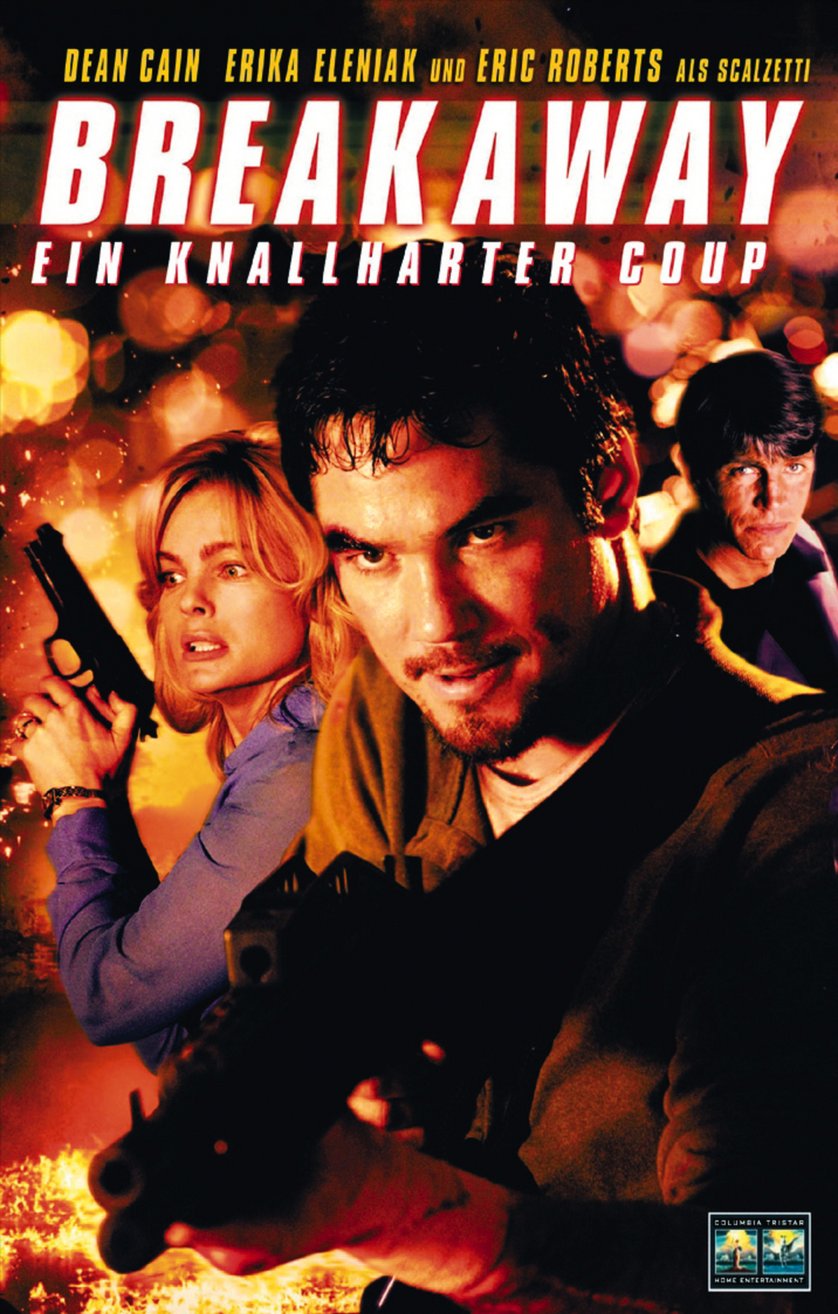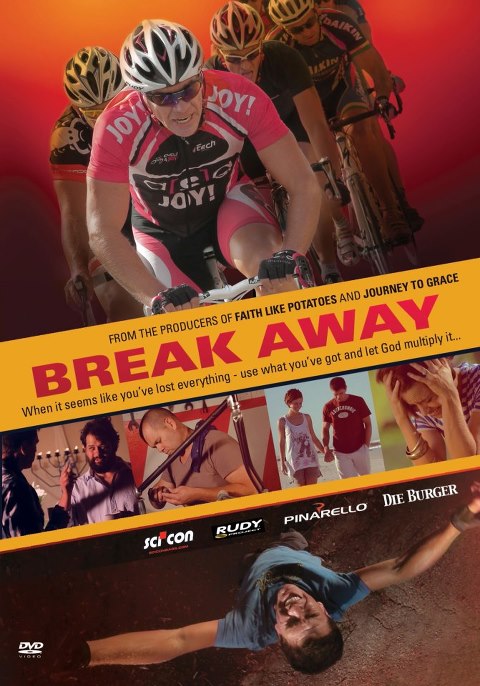

Working again with Byrne and Eno, Conner’s early music video offers a satire of patriotism and national security. Shot at multiple speeds (and forwards and backwards), Conner’s dance film uses incredible rapid-fire montage to deliver a beautifully frenzied response to Maya Deren’s motion studies.Ĭonner’s response to structural cinema is at turns hilarious and sad, appropriating the strained performance of Marilyn Monroe imitator Arline Hunter.Īn ecstatic portrait of actress Vivian Kurtz that features footage of a 1964 Conner exhibition and couches a humorous critique of the art market.Ĭonner created a ten second scandal with this very short film, commissioned by the New York Film Festival as a “trailer” and promptly rejected for being simply “too fast.”Ī hilarious “educational” film that features a pulsing Devo soundtrack. Program notes courtesy of the Harvard Film Archive. The ultimate found footage film, A Movie summarizes-and critiques- the history of modern cinema in just twelve minutes.Īn elegiac musical documentary capturing the slow removal of Jay DeFeo’s iconic “painting” The Rose from the San Francisco loft from which she had been evicted.Īn early version of what would eventually become Marilyn Times Five.Īn oneiric, autobiographic chapter in Conner’s cinema with a mysterious, evocative soundtrack by Patrick Gleeson.Ī lyrical companion piece to 5:10, this poetic found-footage memoir counts as one of Conner’s most intimate films.Ĭonner returned to his first color footage of travels in Mexico and his early years in San Francisco, radically slowing down the original material-by adding five frames per shot-to craft a spellbinding and hypnotic superimposition of two worlds.Ĭonner’s exquisite final work is a step-printed reinterpretation of footage from his 1966 unreleased film, Easter Morning Raga, that further reveals his abiding interest in the psychedelic as an alternate way of seeing.

In his first collaboration with David Byrne and Brian Eno, Conner used footage from educational films to create a rhythmically austere imagetrack for music from their pioneering “sampling” album, My Life in the Bush of Ghosts (1981). Special thanks to Jean Conner, Michelle Silva of the Conner Estate, and Bruce Jenkins, Henrietta Zielinski and Thomas Hodge of SAIC. Silva and Bruce Jenkins, co-curator for the Walker Art Center’s exhibition, 2000 BC: The Bruce Conner Story Part II, will be present for an audience discussion after Friday’s screening. These two programs survey Conner’s 50-year career and include a rare public screening of SAIC’s own print of Marilyn Times Three (1972), an early version of what would eventually become Marilyn Times Five (1973), which is also included in the tribute, affording an extraordinary opportunity to view Conner’s working style.įilmmaker Michelle Silva, representative of the Conner Family Trust will be present for an audience discussion after Thursday’s screening.

He extended his propulsive approach to editing into innovative collaborations with numerous pop musicians, including the singer Toni Basil ( Breakaway, 1966), David Byrne and Brian Eno ( Mea Culpa, 1981 and America Is Waiting, 1981), and DEVO ( Mongoloid, 1978), as well as with minimalist composer Terry Riley in Looking for Mushrooms (1996) and the monumental Crossroads (1976). Conner began making films in the late 1950s by piecing together scraps of newsreels, stag movies, and Castle novelty films into viscerally edited fever dreams that illuminated the shadow-world of America’s subconscious such as A Movie (1958) and Report (1967), and later, into lyrical assemblages of mystery and nostalgic longing, such as Take the 5:10 to Dreamland (1977) and Valse Triste (1979). Image courtesy of the Conner Family Trust.Įxplosive, elegiac, and ecstatic, the films of Bruce Conner (1933-2008) have had an enormous impact on film and pop culture, echoing through the rhythms of MTV, on-line remixes, and the use of found footage in art and cinema around the globe. Thursday, April 16 & Friday, April 17, 6pm | Guests in person! Bruce Conner, A Movie (1958). Posted by | Conversations at the Edge | Posted on | April 13, 2009


 0 kommentar(er)
0 kommentar(er)
